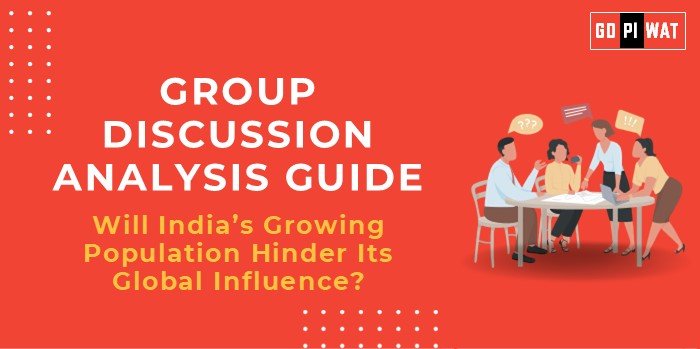📋 Will India’s Growing Population Hinder Its Global Influence?
🌐 Introduction to the Topic
- 💡 Opening Context: India, set to remain the world’s most populous country through the 21st century, faces a dual-edged scenario. While its population provides a massive workforce, it also presents challenges in resource management and policy execution.
- 🌍 Topic Background: India’s population growth, surpassing 1.4 billion in 2023, has become a global talking point. As other nations face population stagnation, India’s demographic trends could shape its economic, political, and cultural influence worldwide.
📊 Quick Facts and Key Statistics
- 👥 Population Size: 1.428 billion (UN, 2023) – Largest globally.
- 👶 Median Age: 28.2 years – Highlighting a young workforce.
- 🏙️ Urbanization Rate: 36.4% (2023) – Showing significant rural challenges.
- 📉 Unemployment Rate: 7.8% (CMIE, 2023) – A challenge for job creation amidst population growth.
- 💰 Global GDP Rank: 5th in nominal terms – Underscoring India’s economic growth potential.
👥 Stakeholders and Their Roles
- 🏛️ Government Agencies: Develop policies addressing population challenges and harness demographic dividends.
- 💼 Private Sector: Leverage the workforce for innovation and entrepreneurship.
- 🧑🎓 Citizens: Drive societal transformation through education and skill development.
- 🌐 International Bodies (UN, WHO): Offer frameworks for sustainable population management.
- 🤝 NGOs: Support inclusive growth through grassroots initiatives.
🏆 Achievements and ⚠️ Challenges
Achievements
- 📈 Economic Growth: India’s GDP rose to $3.73 trillion in 2023, driven by a large consumer base.
- 🛠️ Workforce Advantage: India supplies over 25% of global STEM professionals.
- 🎥 Cultural Influence: Bollywood and yoga are globally recognized cultural exports.
Challenges
- 📉 Job Creation: Struggling to match the pace of workforce growth.
- 🌊 Resource Management: Stress on water, energy, and housing.
- ⚖️ Urban-Rural Divide: Disparities in education, healthcare, and digital access.
🌏 Global Comparisons
- 🇨🇳 China: Has harnessed population control for economic advancement.
- 🌍 Sub-Saharan Africa: Shows parallels in facing demographic stress.
📖 Case Study
Kerala: Leads with high literacy and healthcare standards despite dense population pressures.
💬 Structured Arguments for Discussion
- Supporting Stance: “India’s young population positions it as a future economic superpower with unparalleled global influence.”
- Opposing Stance: “Uncontrolled population growth undermines resource allocation, infrastructure, and overall development.”
- Balanced Perspective: “While India’s population offers economic potential, its growth needs strategic management for sustainable global influence.”
🛠️ Effective Discussion Approaches
Opening Approaches
- 📊 Statistical Impact: “With a median age of 28, India has the youngest workforce globally.”
- 📈 Comparative View: “India’s population growth parallels China’s past but lacks similar infrastructure investments.”
Counter-Argument Handling
- 💡 Use examples of successful demographic management (e.g., Japan’s aging population strategies) to propose balanced rebuttals.
📌 Strategic Analysis of Strengths and Weaknesses
Strengths
- 🧑🏭 Young workforce with high innovation potential.
- 🎥 Cultural influence and global recognition.
Weaknesses
- 🏗️ Infrastructure gaps affecting scalability.
- 📉 High unemployment rates exacerbating economic divides.
Opportunities
- 📱 Digital transformation to modernize infrastructure and governance.
- 🏭 Potential to become a global manufacturing hub.
Threats
- ⚠️ Overpopulation stressing resources and ecosystems.
- 🌍 Vulnerability to climate change and geopolitical conflicts.
🎓 Connecting with B-School Applications
- Real-World Applications:
- 📚 Analyze workforce productivity and resource optimization in economic policies.
- 🌐 Study the interplay of population growth and sustainable development strategies.
- Sample Interview Questions:
- 🤔 “How can India balance its population growth with sustainable development?”
- 📘 “What lessons can India learn from China’s demographic shift?”
- Insights for B-School Students:
- 📈 Explore solutions like skill development and urban planning.
- 🌍 Understand the economic implications of demographic trends.
- 💡 Learn strategic population management for global competitiveness.


